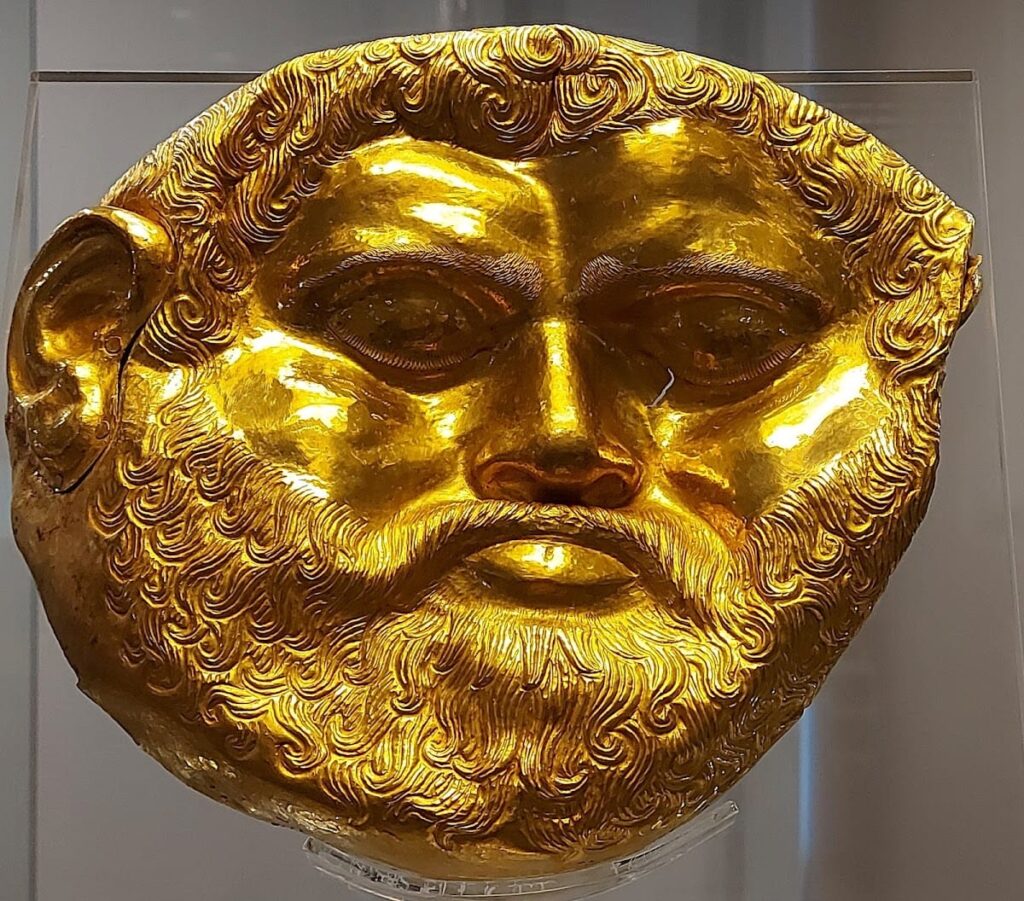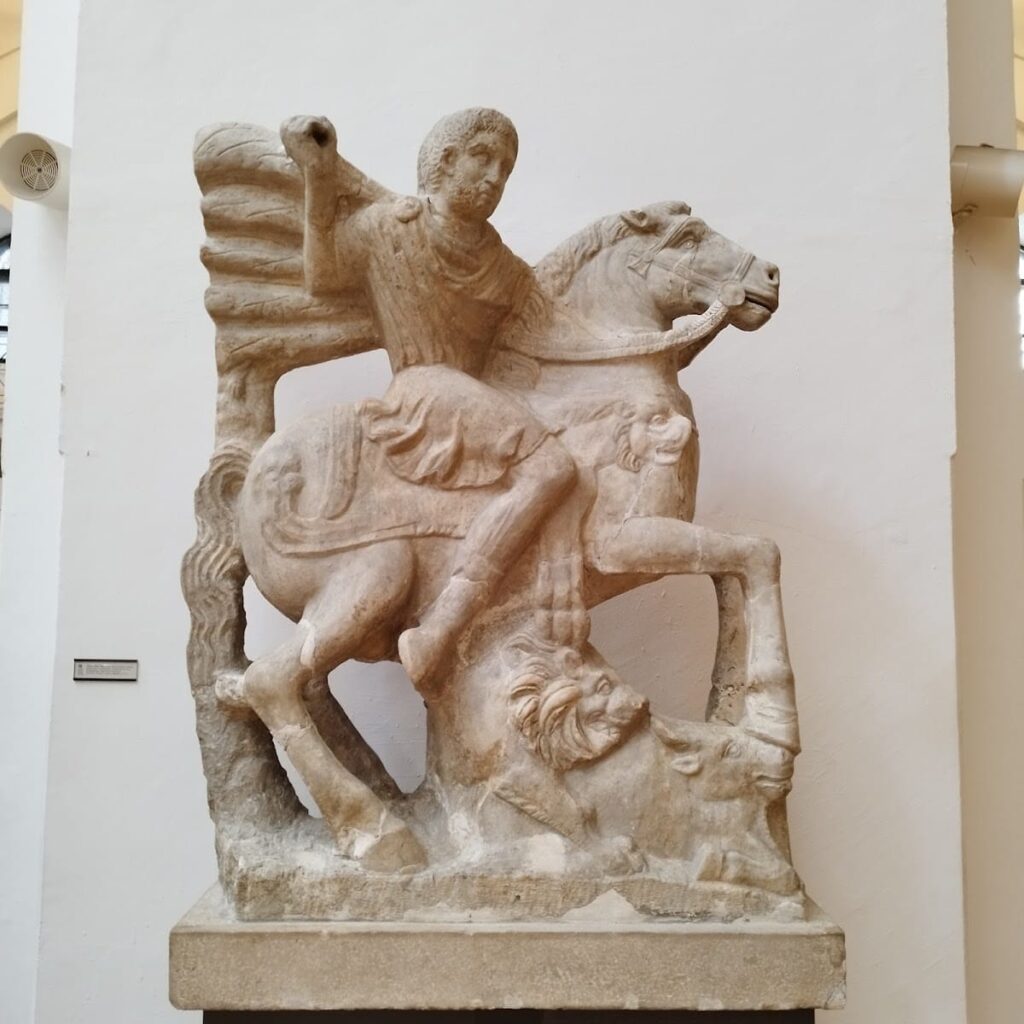National Archaeological Museum of Bulgaria: Preserving Sofia’s Ottoman and Archaeological Heritage
Visitor Information
Google Rating: 4.6
Popularity: Medium
Google Maps: View on Google Maps
Official Website: www.naim.bg
Country: Bulgaria
Civilization: Byzantine, Greek, Ottoman, Roman
Remains: Museum
History
The National Archaeological Museum of Bulgaria is located in central Sofia, on Atanas Burov Square. The museum occupies a historic building originally constructed as an Ottoman mosque in the 15th century. This mosque, known as the Büyük Mosque or Koca Mahmut Paşa Camii, was commissioned in 1451 by Grand Vizier Veli Mahmud Pasha, who became the governor (beylerbey) of Rumelia that same year. Construction of the mosque extended over four decades and was completed in 1494, two decades after Mahmud Pasha’s death in 1474.
By the time Sofia was liberated from Ottoman rule during the Russian military campaign of 1878, the mosque had fallen into disuse and partial ruin. Its minaret had already collapsed, and the building was abandoned. Following the liberation, the structure was repurposed as the National Library from 1880 until 1893. That year, it became the home of the newly founded National Museum, under the direction of Czech archaeologist Václav Dobruský.
The museum officially opened in 1905, consolidating all archaeological collections in Sofia under one roof. The inauguration was attended by Knyaz Ferdinand I and Minister Ivan Shishmanov. Initially named the National Museum, it included ethnographic collections until 1906, when these were separated to form a dedicated Ethnographic Museum. In 1909, the institution was renamed the National Archaeological Museum, expanding its role to include cultural heritage preservation and establishing departments focused on medieval and artistic artifacts.
In 1920, the Archaeological Institute was established under Bogdan Filov. This institute merged with the museum in 1948, creating the Archaeological Institute with Museum, which later became part of the Bulgarian Academy of Sciences. During World War II, the museum building suffered damage from Anglo-American bombing in 1944, resulting in the loss of part of its library and documentation. The museum reopened in 1948 after repairs.
Significant renovations took place in the early 1990s and again in the early 2000s to preserve the building and improve exhibition spaces. Over the years, the museum has conducted numerous archaeological expeditions throughout Bulgaria, gathering artifacts from the Chalcolithic period through the early Middle Ages. Today, it holds one of the richest archaeological collections in the Balkans and the largest numismatic (coin) collection in Bulgaria, with over 300,000 coins.
Remains
The museum is housed in the former Büyük Mosque, a 15th-century Ottoman structure characterized by its low-domed design. The mosque features nine low sectoral domes and was built primarily using old stone masonry. Despite later additions and renovations, the building’s original external appearance has been preserved.
This mosque is the third oldest surviving building in central Sofia, following the 4th-century Rotunda of St. George and the St. Sofia Cathedral, which dates from the 4th to 6th centuries. The mosque’s minaret had collapsed before the city’s liberation in 1878, and the building was in a state of ruin and abandonment at that time.
The museum complex includes the original mosque structure along with additional exhibition halls and administrative wings added during the 20th century. These newer sections are connected to the historic mosque building. Inside, the museum contains five main exhibition halls: the Central Hall, the Prehistory Hall located in the northern wing’s lower floor, the Medieval Hall on the second floor, the Treasury Hall in the eastern wing, and a Temporary Exhibitions Hall also on the second floor.
Archaeological excavations conducted twice on the site uncovered cultural layers from various historical periods beneath and around the building. The collections include stone tools, pottery, ritual objects, grave inventories, and treasures such as the Valchitran and Lukovit Treasures. The museum also holds medieval books, woodwork, metal artifacts, and an extensive numismatic collection.




